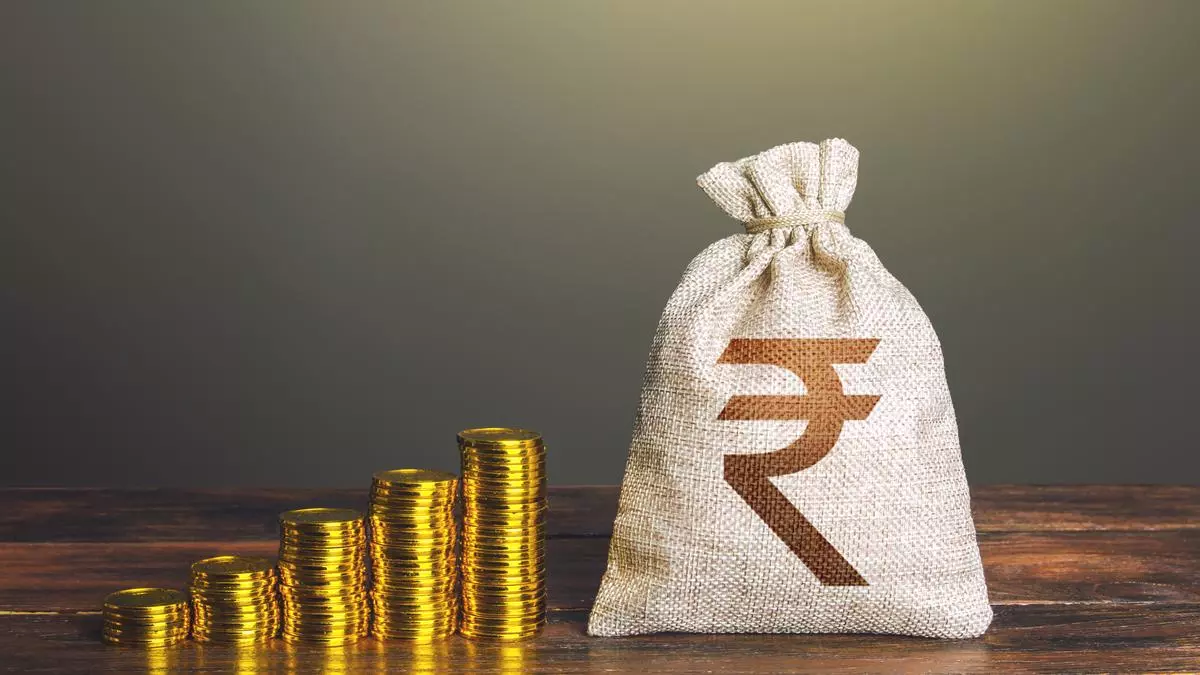Throughout history, traditional cultural practices have evolved as practical solutions to everyday challenges, often rooted in deep observations of the natural world. These customs, passed down through generations, reflect a profound, intuitive understanding of health, well-being, and the environment. Modern science has begun to uncover the mechanisms behind many of these practices, revealing the wisdom embedded in cultural traditions and demonstrating how they align with evidence-based principles.
From the antimicrobial properties of spices in Indian cuisine to the physiological adaptations induced by Nordic cold water swimming, these practices showcase the intersection of culture and science. Understanding the scientific underpinnings not only validates these customs but also opens doors to innovative applications in contemporary healthcare, wellness, and sustainable living. The following list highlights a range of cultural traditions from around the world, shedding light on their benefits and the modern science that explains their enduring relevance.

1. Traditional Spices in Indian Cuisine
Many traditional Indian spices like turmeric, cumin, and coriander contain powerful antimicrobial compounds. Curcumin in turmeric is a proven anti-inflammatory agent, while thymol in cumin has antibacterial properties. These spices were particularly valuable for food preservation and health in a warm climate before refrigeration.

2. Chinese Acupuncture
Research has shown that acupuncture points often correspond to nerve clusters and fascia junctions. The insertion of needles can trigger the release of endorphins and affect neurotransmitter levels, potentially explaining its pain-relieving effects. Modern neuroimaging studies have demonstrated measurable changes in brain activity during acupuncture sessions.

3. Mediterranean Siesta
The midday rest period aligns with human circadian rhythms – our natural “post-lunch dip” in alertness. Research shows that short daytime naps can improve cognitive performance, reduce stress, and help regulate body temperature during the hottest part of the day. This practice was particularly beneficial in warm climates before air conditioning.


4. Japanese Green Tea Ceremonies
The mindful preparation and consumption of green tea provides multiple evidence-based benefits. Green tea contains L-theanine, which promotes relaxation while maintaining alertness. The meditative aspects of the ceremony mirror modern mindfulness practices, which research shows can reduce stress and improve mental health.

5. Nordic Cold Water Swimming
Regular exposure to cold water triggers several physiological adaptations. It can boost the immune system through increased production of white blood cells, improve circulation, and release endorphins. The practice also increases brown fat activation, which helps with temperature regulation and metabolism.

6. Fermented Foods in Korean Cuisine
Traditional kimchi and other fermented foods contain beneficial probiotics that support gut health. The fermentation process not only preserves food but also creates beneficial compounds like short-chain fatty acids, which modern science has linked to improved immune function and metabolic health.
Processing…
Success! You’re on the list.
Whoops! There was an error and we couldn’t process your subscription. Please reload the page and try again.

7. Native American Smudging Ceremonies
The burning of certain herbs like sage has been shown to have antimicrobial properties, effectively reducing airborne bacteria. The smoke particles can also alter ion concentrations in the air, potentially affecting mood and stress levels – similar to how modern air ionizers work.

8. Middle Eastern Hammam Bathing
The alternating hot and cold temperatures in traditional hammams improve circulation and lymphatic drainage. The steam helps clear airways and sinuses, while the exfoliation process removes dead skin cells and stimulates new cell growth. The social aspect provides psychological benefits through community bonding.

9. African Drumming Circles
Rhythmic drumming has been shown to synchronize brain waves and affect the autonomic nervous system. Group drumming releases oxytocin and other social bonding hormones, while the physical activity provides cardiovascular benefits. The vibrations can also promote relaxation through mechanical stimulation of tissues.

10. South American Coca Leaf Chewing
Traditional coca leaf use in high-altitude regions contains alkaloids that help combat altitude sickness by increasing oxygen uptake. The leaves also contain nutrients and compounds that can reduce fatigue and suppress hunger – adaptations particularly useful in challenging mountain environments.
These traditions showcase how cultural practices often develop through generations of observation and experience, with modern science later providing explanations for their effectiveness. Understanding the scientific basis helps validate these practices while potentially inspiring new applications in contemporary healthcare and wellness approaches.
IMAGE CREDIT: Dokun Ayano









Leave a Comment